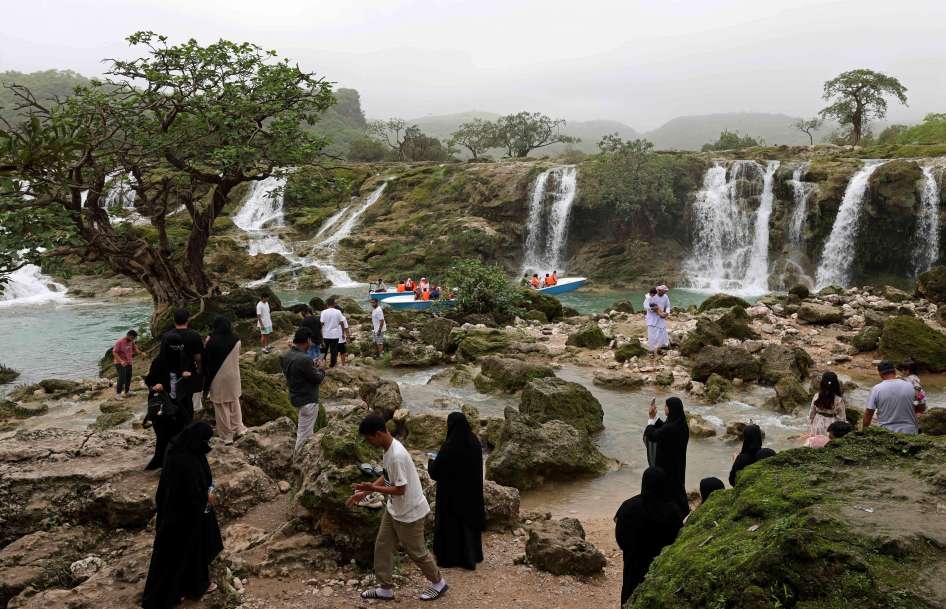 December 25
Blessing Dhofar Region
December 25
Blessing Dhofar Region
Streams of Refreshing
Dhofar is filled with hundreds of thousands of visitors during the summer as people from all over the Arab Gulf come to find relief from the heat and refreshing in the coolness. Let us bless Dhofar with the true refreshing that comes only from knowing Jesus!
"And now you must repent and turn back to God so that your sins will be removed, and so that times of refreshing will stream from the Lord's presence. And He will send you Jesus, the Messiah, the Chosen One for you." (Acts 3:19-20)
- We bless the people of Dhofar to be convicted by the Holy Spirit and repent of their sins.
- We bless them to turn back to the true and living God.
- We bless them to be cleansed and pure, having their sins removed by believing in the sacrifice of Jesus.
- We declare that the people of Dhofar will be refreshed--not just by the summer rains and cool breezes, but by Jesus Himself!
Worship with us!: Send the Winds by Jaye Thomas. Jesus, You send Your refreshing to the people of Oman!
Matthew 18:14 Focus—‘Your Father in heaven does not want one of these little ones to be lost.’
Please bring these towns and villages before the Father:
Khijin, Taqah district, Dhofar region. Population: 68
Ahyuf, Taqah district, Dhofar region. Population: 67
Haqaf, Taqah district, Dhofar region. Population: 67
Sadah, Taqah district, Dhofar region. Population: 66
Aqita, Taqah district, Dhofar region. Population: 66
Ariqaf, Taqah district, Dhofar region. Population: 66
Hamtuq, Taqah district, Dhofar region. Population: 66